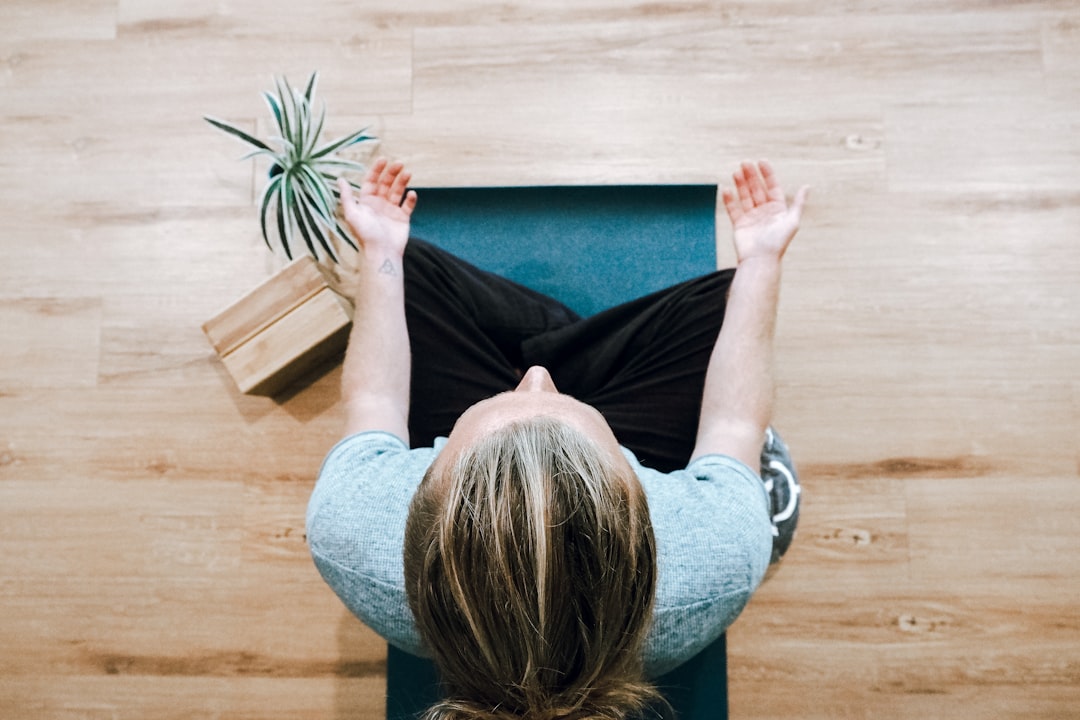Beginner Tips for Meditation Posture
Choosing a comfortable yet dignified posture for meditation is crucial for beginners, as it will help in keeping the mind alert and awake during practice.

Another crucial element for beginners is finding a comfortable posture to meditate in for the length of practice. It is important to note that when it comes to practising mindfulness meditation, especially when applied within the context of an intervention towards well-being, there is no hard or soft rule in which position you should be to practice meditation.
In fact, you can practice meditation sitting on a chair, lying down on your back, kneeling with a bench or cushion beneath you or crossed-legged in a full lotus or a half lotus position.
I also had a former student who had attended a mindfulness program which found that for them practising standing up with their back against the wall was best for them. This is because when they tried practising meditation sitting on a chair or cross-legged for any length of time, this felt quite uncomfortable for them and made them restless, and they could not settle.
Also, the notion of sitting in a crossed-legged posture for meditation was adopted in the east as a meditation posture, not out of some hard rule to use that posture for some specific reason for meditation. But the lotus posture is used because in the eastern culture context at the time, sitting crossed-legged was a common universal posture used when it came to sitting, for example, to eat, read etc.
So what is key when it comes to choosing a posture for meditation is to choose a posture within which you find yourself most comfortable. A posture within which you can spend the time of practice with a sense of ease and minimal physical discomfort.
And that is why for beginners in the western context, we usually recommend sitting on a chair as in the western cultural context, it’s a posture we are accustomed to, and most of us feel comfortable in.
However, although there is no hard rule, and it is left to the practitioner to choose a posture in which to practice meditation, it is important to remember that this is while sitting with a sense of dignity, straight back within a posture that is alert and at ease.
I usually like to remind myself that when practising mindfulness meditation although I need to be in a posture that is comfortable and relaxed. I also need to be in a posture that helps me in falling awake into emergent experience.
The question then might come up: why do I need to choose a posture which is comfortable while at the same time making sure that I am alert in my posture?
Reflect if your posture during meditation is causing you to be uncomfortable or feel pain. Will this be helpful to help the mind settle?
Probably not, because we will be physically uncomfortable the mind will become more distracted and restless. This as our body acts as a container for the mind in meditation, so the state that the body finds itself in will ultimately effect the mind.
Considering this, you might tell me then it’s best to be comfortable in your posture and, as pointed out before, quite right. But again, if the body is a container for the mind and your posture is slouched or conducive to making you fall asleep or zone out, is this helpful to our meditation practice?
Actually, not and on the contrary, it will be a hindrance to your practice because it will make your mind go dull. And this is why it is emphasised that although the posture must be comfortable, it must be dignified and alert, one that helps invite an alert awareness into our practice.
So, although there is no specific posture. The aim is to find a posture that you can keep for several minutes comfortably, so sitting cross-legged on the floor, on a chair, or on the floor with a blanket, pillow, or cushion elevating your hips or lying flat on your back are all options. But at the same time, one that is dignified and alert. So ultimately, the question to ask yourself is, “am I in a posture that is alert and at ease?”
Bibliography
Choden, & Regan-Addis, H. (2018). Mindfulness-based living course. New Alresford: John Hunt Publishing.
Segal, Z. V., Williams, J. M., & Teasdale, J. D. (2012). Mindfulness-based cognitive therapy for depression (2nd ed.). New York, NY: Guildford Publications.
Wolf, C., & Serpa, J. G. (2015). A clinician’s guide to teaching mindfulness: The comprehensive session-by-session program for mental health professionals and healthcare providers. Oakland, CA: New Harbinger Publications.

